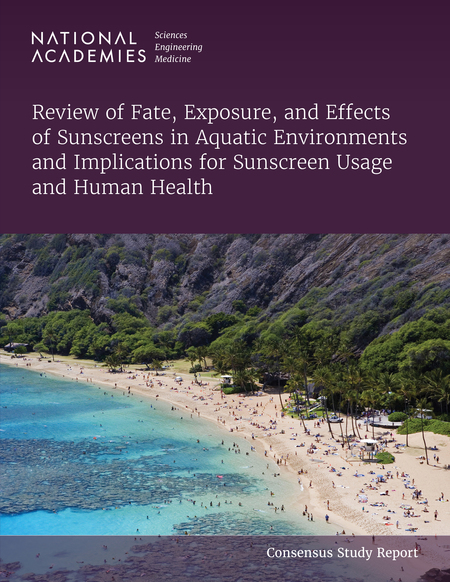There’s a need for additional research into sunscreen ingredients and their safety, say US scientists in a recent report, pointing out that certain chemicals, or filters, have potential impacts on human health – as well as the environment. Among others, they list chemicals like oxybenzone, avobenzone, octocrylene, homosalate, octisalate and octinoxate – all of which absorb ultraviolet (UV) rays.
They also warn that that people of colour are more likely to die from skin cancer than white people, even though they have a lower incidence of the disease.
The researchers add that physical, or mineral, sunscreens, which include only zinc oxide and titanium dioxide as active ingredients, are less of a safety concern for human health, since they block UV rays by sitting on top of the skin and deflecting them.
There are also concerns that oxybenzone and other sunscreen chemicals may cause coral bleaching and damage to aquatic life when they wash off and enter the water, reports TIME.
The report, by the National Academies of Sciences, Engineering and Medicine, says that while people should continue to use sunscreen, and use more of it, more often, additional research is needed into several safety aspects of its active ingredients.
Sunscreen is underused
Only about a third of Americans regularly use sunscreen, the report finds, although about 70% to 80% of Americans do use it when they’re at the beach. However, most sunscreen users don’t slather on enough, often don’t reapply every two hours, as is recommended.
Additionally, white Americans use sunscreen more often than people of colour, who tend to have lower incidence of skin cancer than white people but are more likely to die from the disease.
The best evidence available, which was obtained through large randomised controlled trials and longitudinal observational studies, shows that broad-spectrum sunscreen (meaning that it protects against both UVA and UVB rays) with an SPF higher than 30, reduces the risk of skin cancer, sunburn and ageing caused by sun exposure. However, sunscreen should be used in combination with other precautions, such as wearing hats, avoiding sun exposure during the hottest parts of the day, and seeking out shade.
Not enough research on safety
Scientists have not found toxic effects in humans that would outweigh the benefits of using sunscreen. But the authors of the report argue that more studies on safety are needed, since studies by the US Food and Drug Administration (FDA) published in 2019 and 2020 found evidence that many chemical filters in sunscreen seep into the skin and can stay there for days.
While this doesn’t necessarily mean that the chemicals are dangerous, some were found in the body in concentrations higher than the upper thresholds set by the FDA, beyond which safety studies should be conducted. Homosalate and oxybenzone, both of which absorb UV light, were above that level three weeks after application in one study.
Some animal research has also raised concerns about UV filters, including changes to hormones and gene expression. The report’s authors also point out several gaps in human safety research; for instance, safety studies have not followed people over long periods, which means they can’t look at potential outcomes that may appear over time, such as cardiometabolic risk, risk of cancer, or fertility problems.
Overall, however, the weight of scientific evidence is firmly on the side of using sunscreen, the authors conclude. Scientific reviews that have examined various studies looking at the use of UV filters have found encouraging signs that the filters are safe for humans.
The reviews have not concluded that concentrated levels of UV filters harm male or female fertility, female reproductive hormone levels, foetal growth, or children’s neurodevelopment.
“To date, no levels of toxic effects have been found in humans that outweigh the benefits of these filters in reducing overexposure to (ultraviolet rays),” the authors write. “However, the authors all recognise substantial data gaps.”
TIME article – Why Sunscreen Ingredients Need More Safety Data (Open access)
See more from MedicalBrief archives:
FDA study finds sunscreen’s active ingredients readily absorbed in bloodstream
Sunscreen users get only 40% the sun protection they think
UV damage continues even indoors


